Yellowing of mint leaves can occur due to various reasons like overwatering, nutrient deficiencies, or pest infestation. Overwatering can lead to root rot and yellow leaves. Nutrient deficiencies, especially lack of nitrogen, can also cause yellowing.
Pests like aphids or spider mites can damage the leaves, resulting in yellowing. Here we will provide expert tips on how to fix mint leaves turn yellow, including ensuring proper sunlight and watering, checking for pests and diseases, trimming dead leaves, improving soil quality, and much more.
Following these tips, you can revive your mint plants and enjoy a vibrant and healthy herb garden again. Say goodbye to yellowing leaves and hello to thriving mint plants.
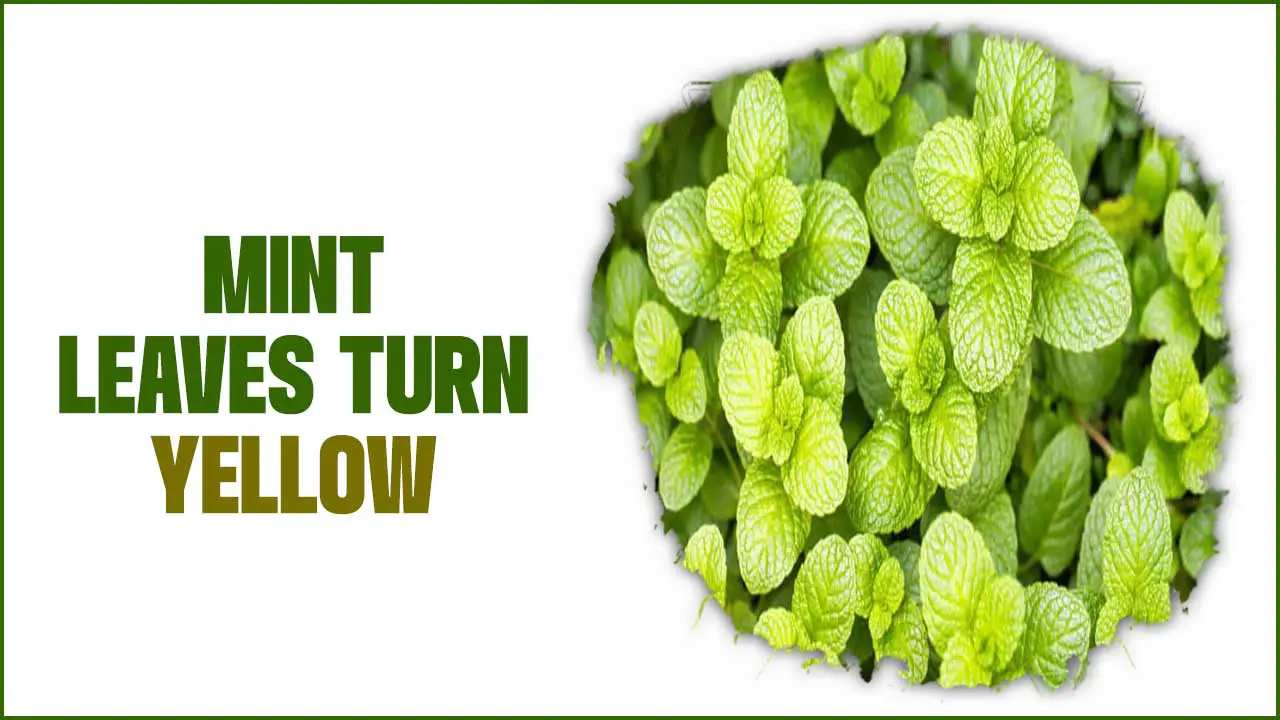
How To Fix Mint Leaves Turn Yellow – Full Process
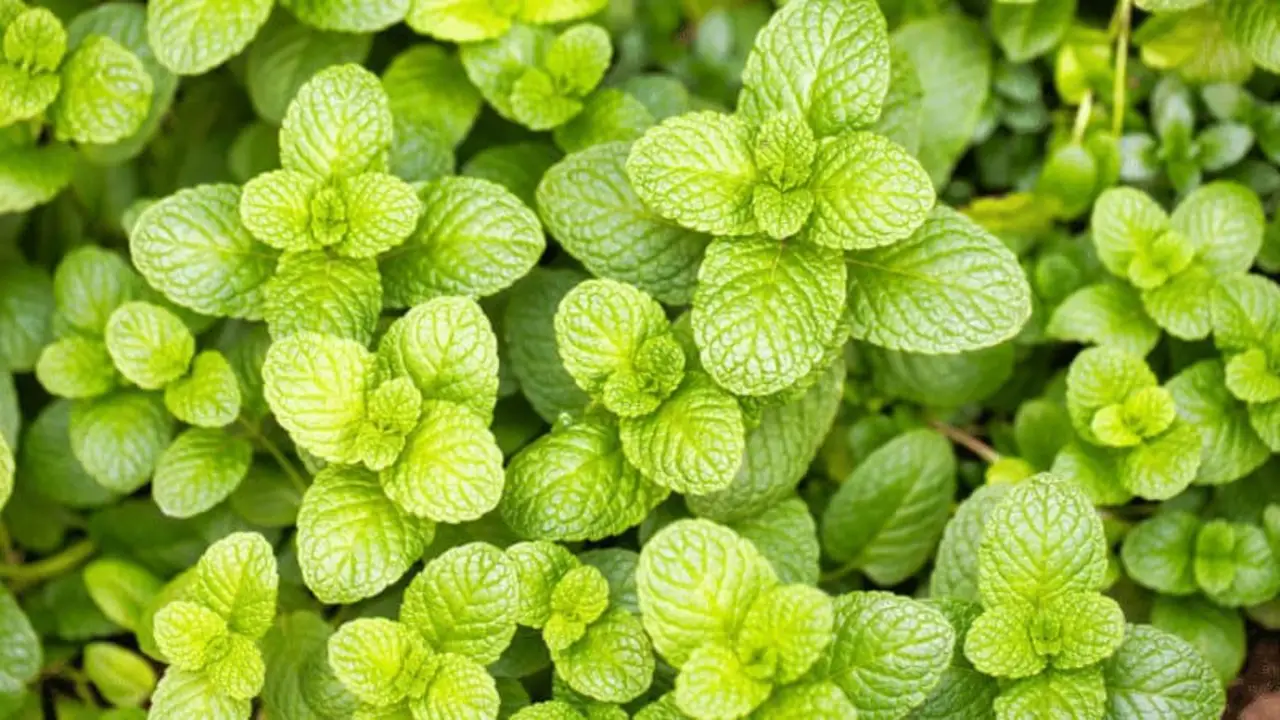
Yellowing mint leaves can indicate nutrient deficiencies or pest infestations, which can negatively impact the health and productivity of the mint plant. To maintain a thriving plant, it is crucial to address the issue of yellowing leaves.
Implementing proper watering and fertilization techniques can help prevent leaf yellowing. Additionally, identifying and treating common pests that affect mint plants is essential. Regular pruning and maintenance practices can promote healthy growth and prevent the yellowing of leaves. Here are step guides to fix mint leaves turn yellow.
Provide Adequate Sunlight
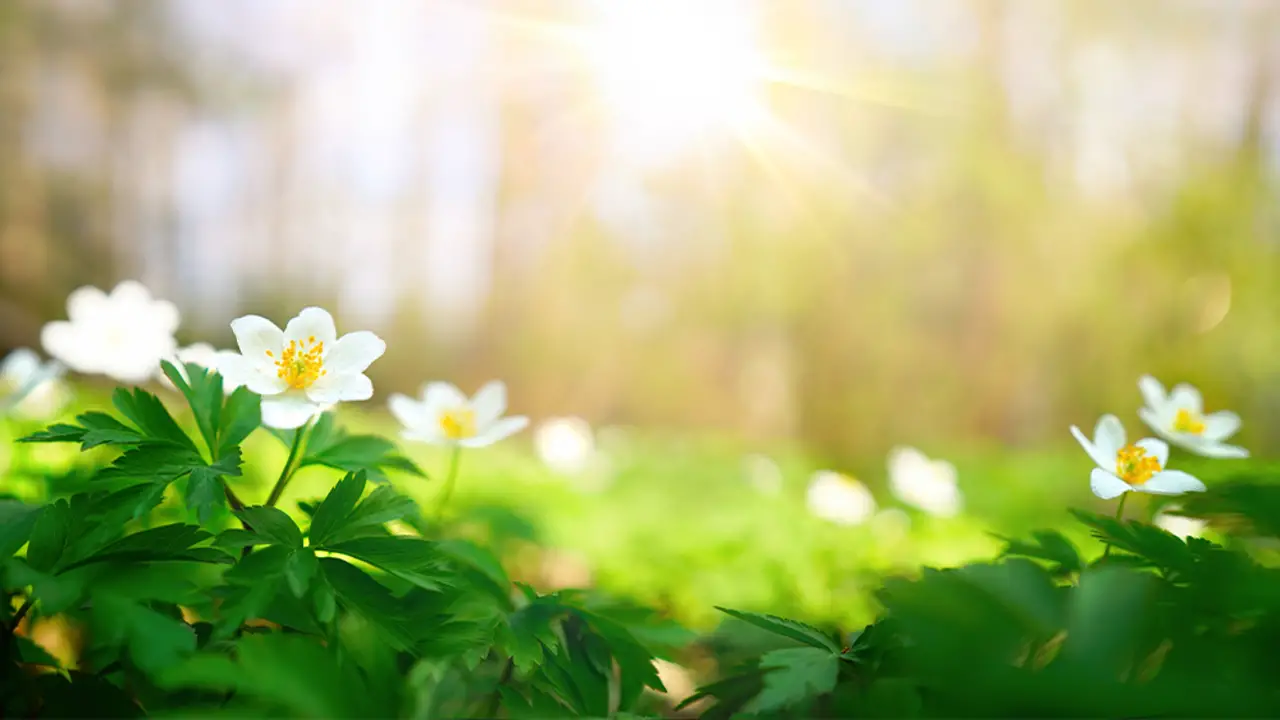
To ensure healthy growth, mint plants require at least 6-8 hours of sunlight daily. If your mint leaves turn yellow, it may be a sign that they are not getting enough sunlight. Consider moving the plant to a sunnier location or providing additional artificial light.
Avoid exposing the plant to direct sunlight for extended periods to prevent leaf scorching. Regularly rotate the pot or trim back nearby plants that may shade the mint from the sun.
Ensure Proper Watering
Yellowing mint leaves can indicate overwatering or underwatering. Mint plants thrive in moist but well-draining soil, so finding the right balance is essential. To fix yellow leaves caused by overwatering, allow the soil to dry out before watering again. If underwatering is the issue, increase the watering frequency and ensure even soil moisture. Also, check for proper drainage to prevent waterlogged roots.
Check For Pests And Diseases
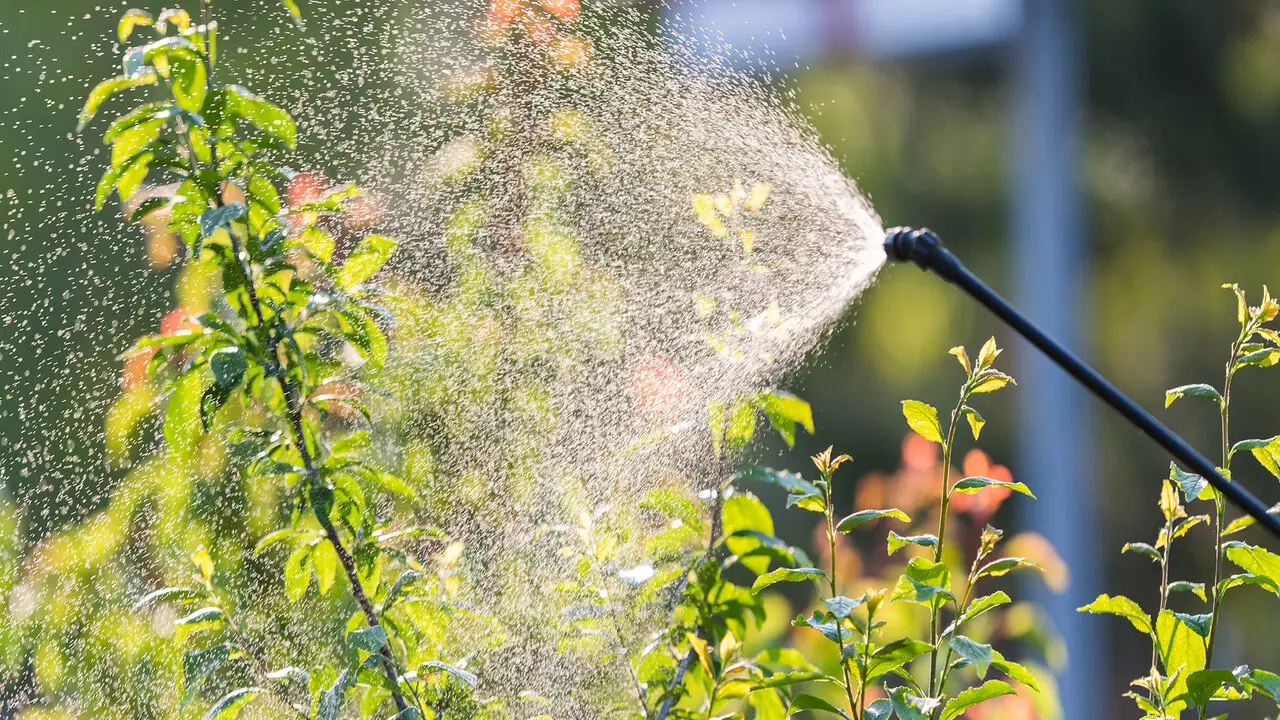
Yellowing mint leaves can signify pests or diseases affecting the plant. Common pests affecting mint plants include aphids, spider mites, and whiteflies. Inspect the leaves and stems for signs of pests, such as small insects or webbing.
Treat pest infestations with organic insecticides or using natural methods like spraying the plant with water and dish soap. Diseases like powdery mildew or root rot can also cause yellowing leaves.
Check for signs of these diseases, such as white powdery spots on the leaves or a rotten smell coming from the roots. Remove affected leaves or treat the plant with appropriate fungicides if you suspect a disease.
Trim Dead Leaves
Trimming dead leaves is an important step in fixing yellowing mint leaves. Yellow leaves on mint plants can indicate nutrient deficiencies, overwatering, or disease. To promote new growth and prevent disease spread, trimming off any yellow or dead leaves is crucial.
Additionally, checking the soil’s pH level and using a balanced fertilizer formulated for herbs or vegetables can help address nutrient deficiencies. Regular harvesting also benefits mint plants by preventing legginess and encouraging bushier growth.
Improve Soil Quality
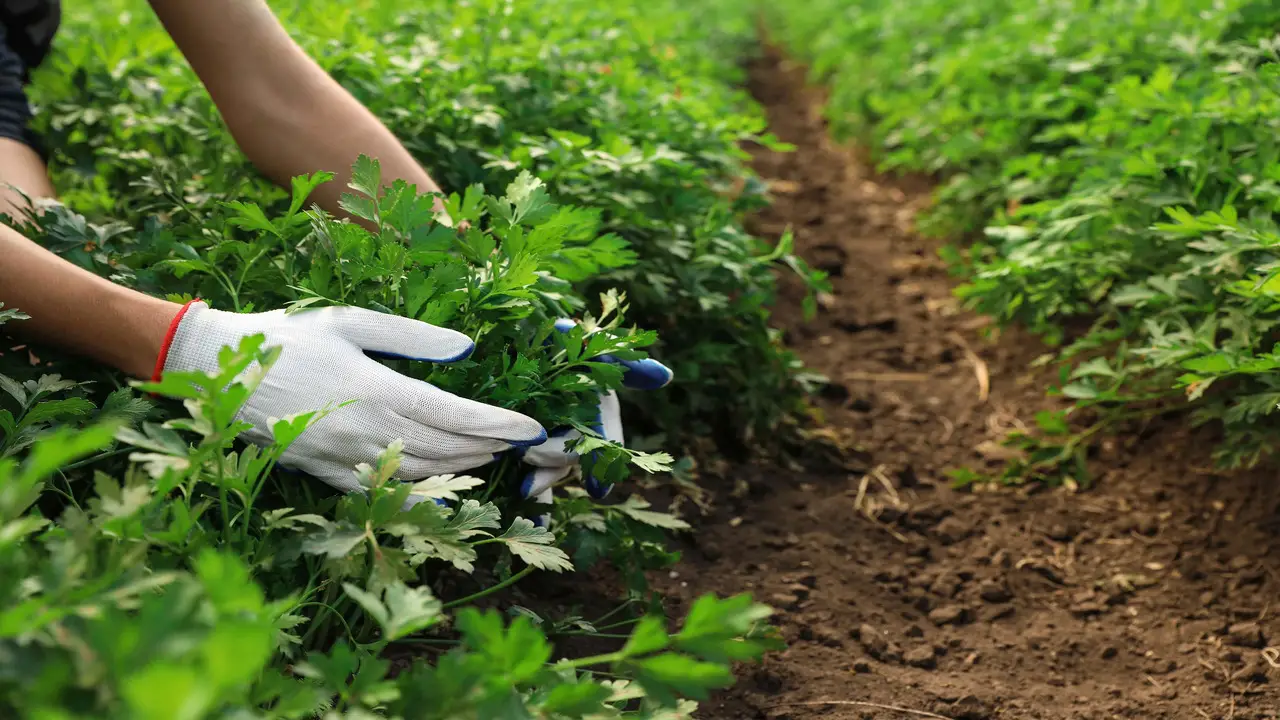
Yellowing mint leaves may indicate nutrient deficiencies in the soil, emphasizing the importance of testing and adjusting nutrient levels accordingly. Mint plants thrive in slightly acidic soil with a pH range of 6.0 to 7.0.
Incorporate organic matter like compost or well-rotted manure to enhance soil fertility and drainage. Avoid overwatering, which can lead to root rot and yellow leaves. Using a balanced fertilizer formulated for herbs is recommended to provide essential nutrients.
Fertilize Regularly
Regular fertilization is crucial in preventing yellowing mint leaves, as this can indicate a nutrient deficiency. Use a balanced fertilizer with equal nitrogen, phosphorus, and potassium to promote healthy leaf growth.
Follow the package instructions to apply the fertilizer every 4-6 weeks during the growing season. Avoid over-fertilizing to prevent leaf burn. Additionally, ensure that the mint plants receive sufficient sunlight and water, as these factors also contribute to yellowing leaves.
Monitor Humidity Levels
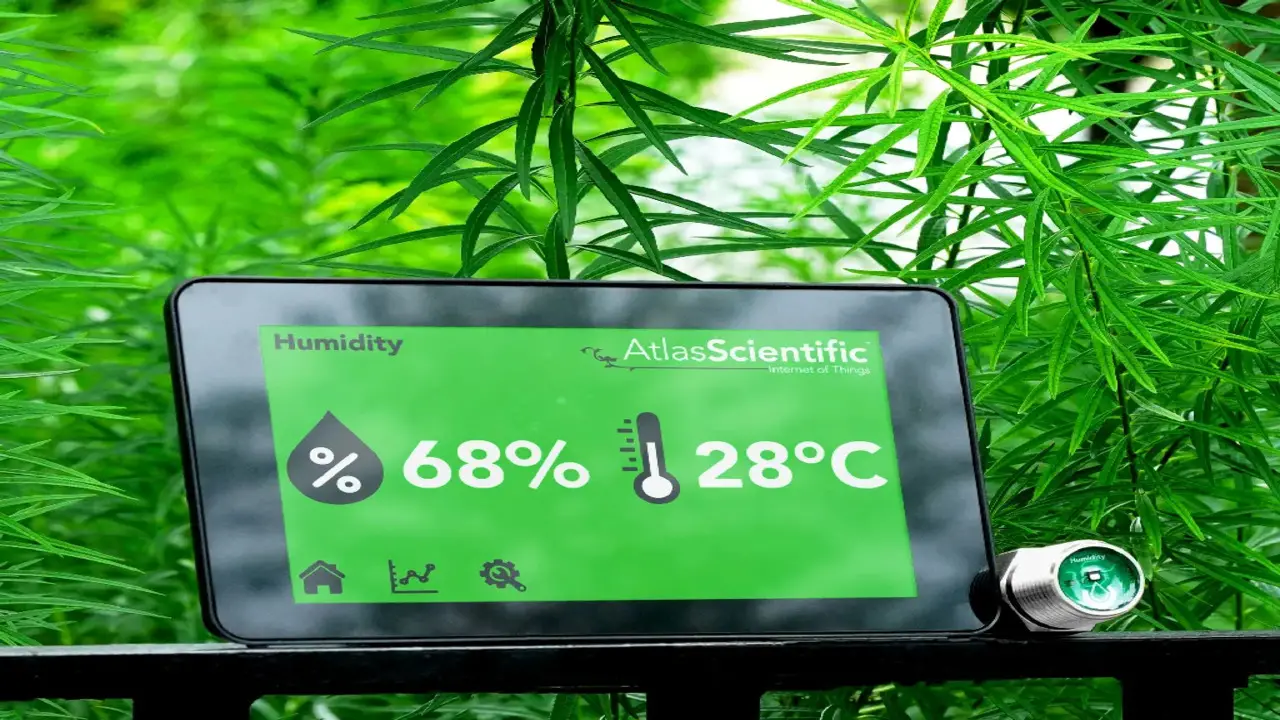
Mint plants thrive in humidity levels ranging from 50-70%. Yellow leaves often indicate low humidity. Increase moisture by placing a water tray nearby or using a humidifier. Regularly misting the leaves can also provide additional moisture. Monitoring and adjusting humidity levels prevent yellowing and promote healthy mint plant growth.
Avoid Overcrowding
Overcrowding can lead to poor air circulation and increased humidity, resulting in yellowing mint leaves. To prevent this, space out your mint plants and trim excess growth. Ensure good air circulation for indoor mint plants by placing them in a well-ventilated area. Proper spacing promotes healthier growth and prevents yellowing leaves. Avoid overcrowding to maintain the overall health of your mint plants.
Treat Fungal Diseases
Yellowing mint leaves may indicate fungal diseases like powdery mildew or root rot. Treating powdery mildew involves using a plant-specific fungicide and following the label instructions.
For root rot, remove affected plants, trim damaged roots, and replant in fresh soil. To prevent fungal diseases, practice proper watering techniques, inspect for pests and diseases regularly, and take prompt action.
Manage Stressful Conditions
Yellowing mint leaves can occur due to stressful conditions, including overwatering, underwatering, and excessive heat. To address this issue, it is crucial to identify and tackle the underlying cause of stress. Overwatering can lead to root rot and yellow leaves.
Ensure proper drainage and allow the soil to dry out between watering. Underwatering can cause dehydration, so provide adequate water, especially in hot weather. Excessive heat and direct sunlight can also stress mint plants, resulting in yellowing leaves. Provide shade or relocate the plant if needed. Regularly inspect for pests and diseases and treat them accordingly.
Identifying The Cause Of Yellowing Leaves
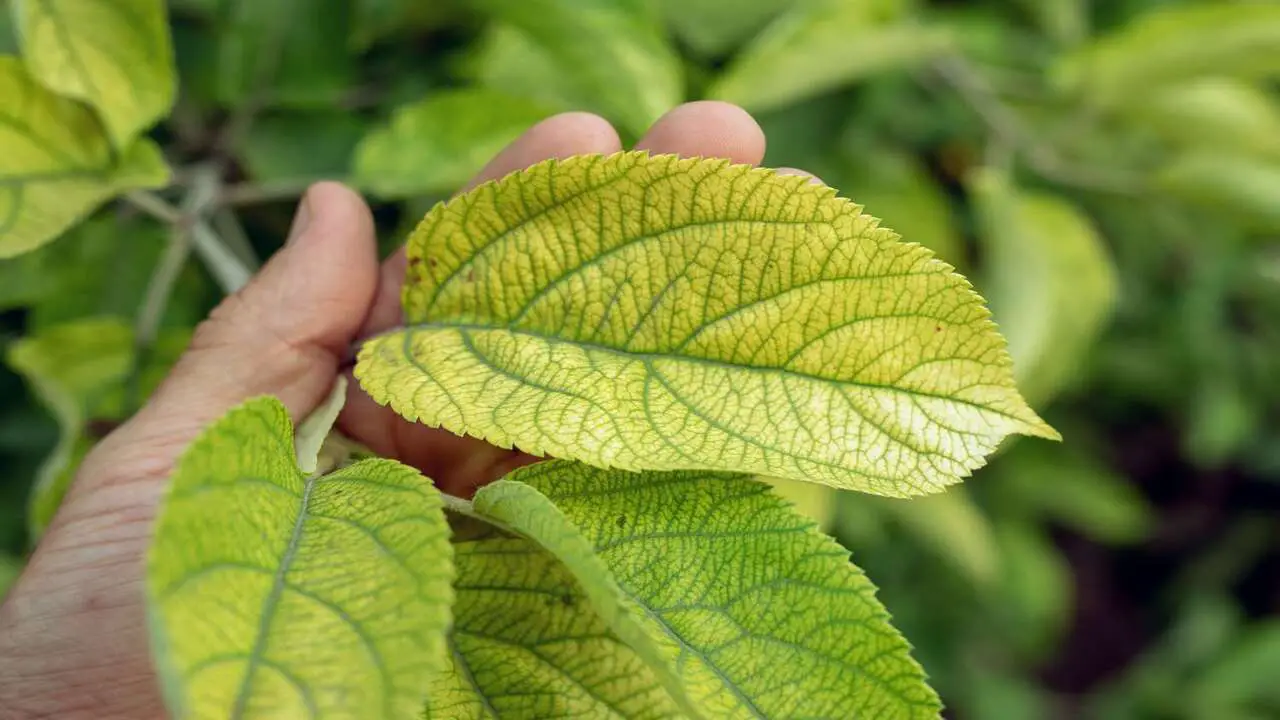
Various factors, including nutrient deficiencies, overwatering, pests, or diseases, can cause yellowing leaves in mint plants. Carefully examine the plant for signs of pests or diseases to determine the cause of yellowing leaves.
If no pests or diseases are present, consider whether the plant receives enough sunlight and water. Address nutrient deficiencies with a balanced fertilizer formulated for herbs like mint. If the problem persists, consult a gardening expert or take a plant sample to a local nursery for further diagnosis and advice.
Removing The Cause Of Yellowing Leaves
Identifying and addressing the underlying causes of fixing yellowing mint leaves is important. Overwatering is common, so water your mint plants only when the top inch of soil feels dry. Insufficient sunlight can also cause yellowing, so consider moving your plants to a sunnier spot. Poor drainage can lead to yellow leaves, so ensure your pots have proper drainage holes.
Nutrient deficiency, pests, and diseases can also cause yellowing, so use a balanced fertilizer and inspect your plants regularly. Identifying and addressing the underlying cause is key to fixing yellowing mint leaves.
Using A Natural Solution To Restore The Color To Mint Leaves
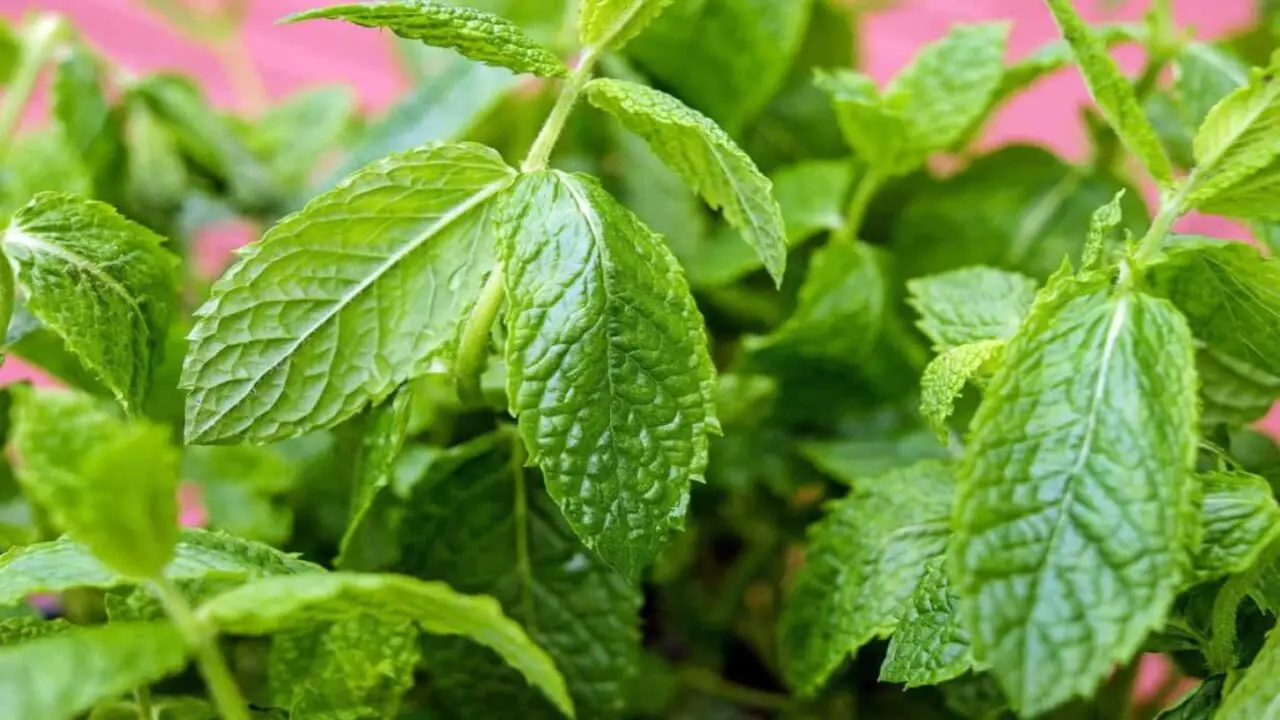
A natural solution is one effective method to restore the color of yellowing mint leaves. This can be achieved by creating an organic foliar spray with compost or worm castings. Steep a mixture of 1 part compost or worm castings and 10 parts water for 24 hours.
After straining the solution, transfer it into a spray bottle. Apply the spray onto the yellowing leaves, covering both sides. Repeat this process every few weeks until the leaves regain their vibrant green color.
Conclusion
To enjoy the fresh and vibrant taste of mint leaves, keeping them healthy and green is essential. Yellowing leaves can indicate various issues, including inadequate sunlight, improper watering, pests, diseases, or poor soil quality.
To fix yellowing mint leaves, you must provide adequate sunlight, ensure proper watering, check for pests and diseases, trim dead leaves, improve soil quality, fertilize regularly, monitor humidity levels, avoid overcrowding, treat fungal diseases, and manage stressful conditions.
You can revive your mint plant by identifying and removing the cause of yellowing leaves and using natural solutions to restore their color. We hope these expert tips on how to fix mint leaves turn yellow and maintain a thriving herb garden were helpful for you.
Frequently Asked Questions
[rank_math_rich_snippet id=”s-e6e64933-24ad-4481-b7d2-66e04ec0aba9″]

I am passionate about home engineering. I specialize in designing, installing, and maintaining heating, ventilation, and air conditioning systems. My goal is to help people stay comfortable in their homes all year long.
